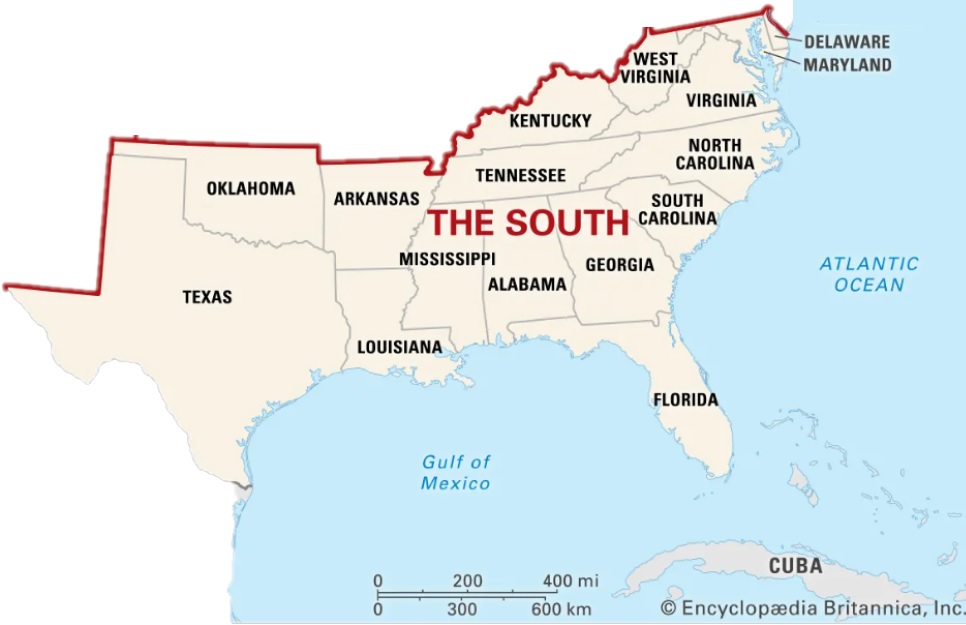Therians: Individuals who identify as a specific animal and not a human is a different concept than those who consider themselves to be furries which involves animal costume play. The difference is that therians really believe they are not full humans even though their DNA says they are whereas furries know they are playing at being an animal.
Neither therians nor furries are otherkin which are people who identify as creatures from the mythology or pop culture of occasionally from the natural world. In other words, aliens (not the kind that cross the border to gain access to a country legally or illegally), angels, demons, dragons, elves, fairies, horses, foxes, wolves, sprites, unicorns, fictional character, et al.
They are also not the even more rare otherkins who identify as plants, machines, concepts, natural phenomena, or weather systems.
Therians often say they suffer from species dysphoria and feel disconnected from their human bodies.
Species dysphoria involves the belief that one’s body is the wrong species, and they may actually hallucinate, feel, think, or believe they are an animal of some sort. Some with this mental health issue find comfort in a form of transition, usually physical (through costumes) and/or social (how they interact with society).
What this means is that species dysphoria is very real even though being transspecies is not.
But as real as species dysphoria is, I have never seen (thank goodness) someone who identifies as a male canine suddenly lift his leg and relieve himself on a tree or a fence post or the outside wall of a building. I have never seen (thank goodness) someone who identifies as a female feline suddenly relieve herself in a sandbox or in a flower bed and then scratch the area up to cover up what they have just deposited.
I have never attended been to a conference or convention where the building had more than three identifiable restroom facilities: Men’s restrooms, women’s restrooms, and family restrooms. Occasionally I have seen the family restrooms marked as single-use restrooms.
There are no signs with arrows pointing to the room where one will find kitty litter boxes for humans identifying as cats.
Now there are those who claim the decision as to which restroom to use isn’t easy because they don’t conform to the traditional gender identification system but it’s not as difficult as such people claim it is.
If you self-identify as a woman but you, by all accounts, appear to reasonable people as a man pretending to be a woman, use the single-use (or family) facilities.
If you self-identify as a woman but you haven’t had the bottom surgery, use the single use (or family) facilities.
If you self-identify as a woman and no reasonable person would question if you are a woman, use the women’s facilities.
If you self-identify as a man and no reasonable person would question if you are a man, use the men’s facilities.
If you self-identify as a man but feel the men’s facilities must provide a feminine hygiene dispenser just in case you need such a dispenser, use the single use (of family) facilities.
If you self-identify as a man but you, by all accounts, appear to reasonable people as a woman pretending to be a man, use the single-use (or family) facilities.
The individual’s rights only go as far as that person’s nose, and when those rights start infringing on everyone else’s rights, it’s time to make a sound decision that is in the best interest of everyone involved. There is no sense in pushing an agenda so far that someone winds up getting hurt (remember lawsuits hurt).
Keep in mind that therians and otherkins do not insist that society provide species appropriate facilities for them, and it’s because they seem to understand it doesn’t make sense for them to insist on forcing businesses to provide species appropriate facilities for them. After all, how would Health Departments balance transspecies rights against Health Department rules and regulations in restaurants, for example?
I am not a vegan and for that reason, I do not go to vegan restaurants, but if I was invited to eat at a vegan restaurant, I would most assuredly find something vegan on the menu to eat (salads are delicious) and I would keep my non-vegan opinion to myself.
You may not agree with my point of view, and that’s fine. This is, after all, my blog and I am not discriminating against anyone in suggesting solutions to the problems that being transgender or transspecies create for society as a whole. I’m suggesting solutions that creates a sense of well-being and safety for all without marginalizing or minimizing anyone’s feelings.
Elyse Bruce
5 March 2024

